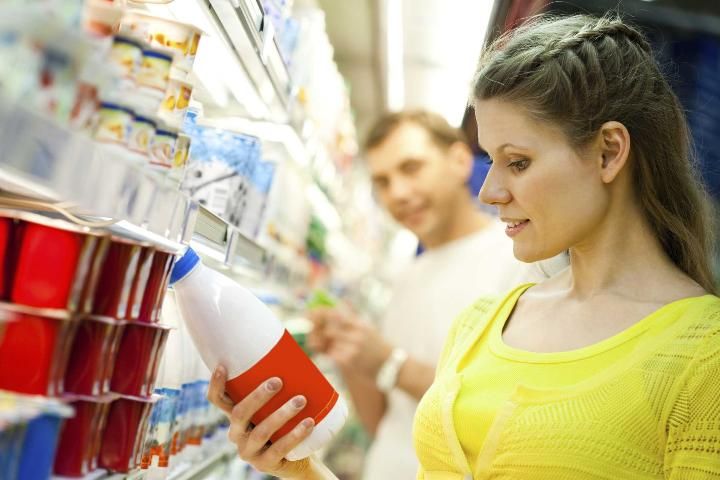Why do we need riboflavin?
Riboflavin is one of the B vitamins. It also is known as vitamin B2. We need riboflavin to use the carbohydrates, fats, and proteins in the foods we eat. Riboflavin helps us use these nutrients for energy in our bodies and additionally functions as an antioxidant. Riboflavin also is needed to properly use the vitamins niacin, folate, and vitamin B6.

What happens if we do not get enough riboflavin?
Because riboflavin is found in a variety of foods, most people get plenty in their diets. A deficiency of riboflavin occurs only when the diet is very poor and lacks many nutrients.
Risk factors for developing a riboflavin deficiency include chronic alcohol and drug use. Blood tests can be done to diagnose a deficiency. A lack of riboflavin can cause sores in the mouth, inflammation of the tongue, and inflammation of the skin. Lack of riboflavin can also affect the body's use of other vitamins.
How much riboflavin do we need?
Table 1 lists recommended daily intakes of riboflavin.
How can we get enough riboflavin?
Milk and milk products are good sources of riboflavin. Riboflavin is also found in whole grains.
Riboflavin is one of four vitamins added to enriched grain products such as enriched flour and breakfast cereals. The other vitamins added to enriched grains are thiamin, niacin, and folic acid.
Enriched breads and cereals contain riboflavin. Look for the word "riboflavin" in the ingredient list on the label to see if it has been added:
INGREDIENTS: Enriched semolina (iron, thiamin mononitrate, folic acid, riboflavin, niacin), tomato, beet, and spinach powders...
Other good sources of riboflavin are meat, eggs, and mushrooms. Table 2 lists some foods and the amount of riboflavin they contain.
How should foods be prepared to retain riboflavin?
Riboflavin is easily destroyed when exposed to light. Milk stored in glass and exposed to light loses much of its riboflavin content. Opaque plastic jugs and paper cartons protect the riboflavin in milk. Only small amounts of riboflavin are lost in cooking.
What about supplements?
Due to the practice of grain enrichment, most people in the United States get plenty of riboflavin in their diet, so supplements usually are not needed. Most multivitamin supplements contain riboflavin.
Research has not yet found problems from consuming too much riboflavin from food or supplements. However, there is no need to take a supplement with more than 100% of the daily value for riboflavin as it is a water-soluble vitamin and the body cannot store it.
Where can I get more information?
Your local UF/IFAS Extension Family and Consumer Sciences (FCS) agent may have more written information and nutrition classes for you to attend. Also, a registered dietitian (RD) can provide reliable information to you.
Reliable nutrition information may be found on the Internet at the following sites: